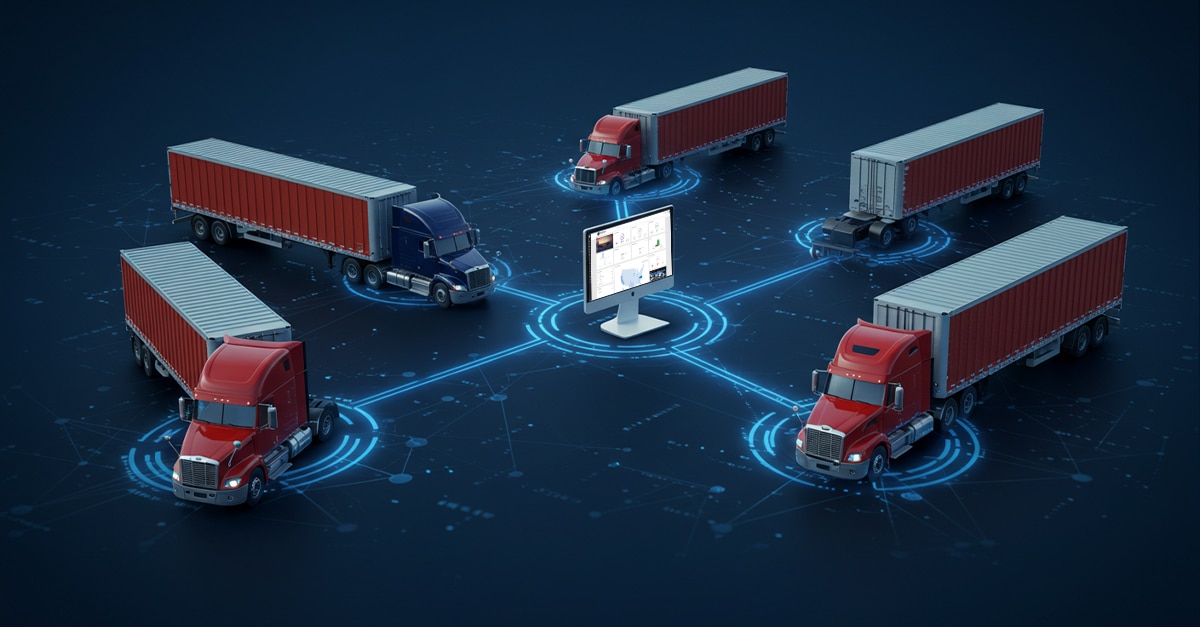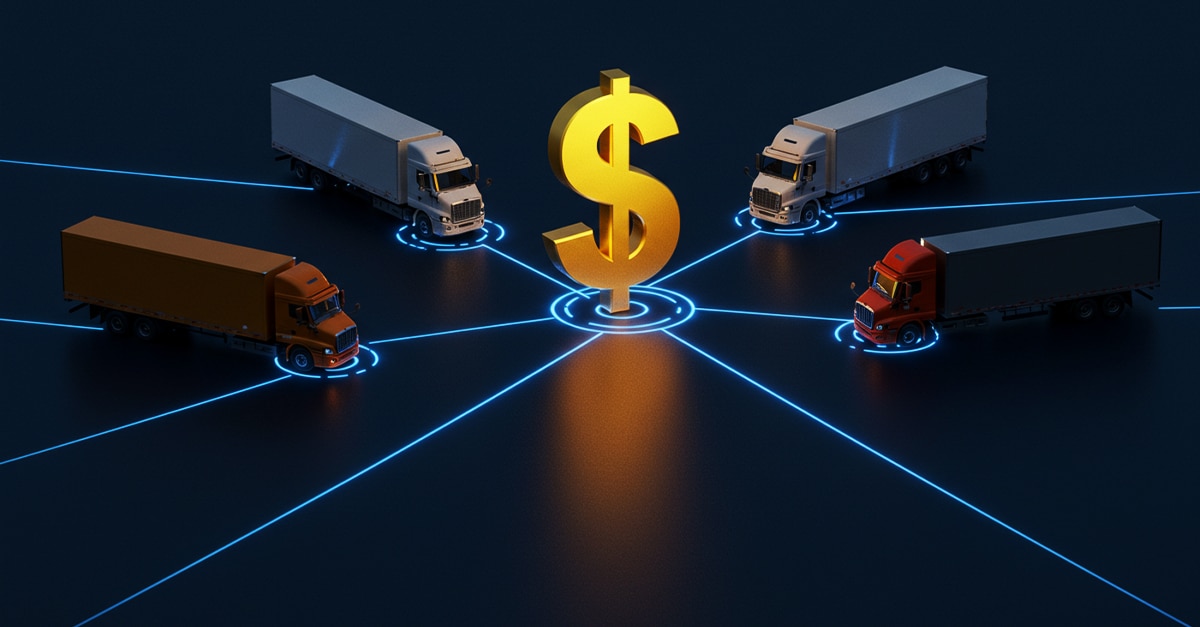The changing face of the supply chain means more freight and shipments move and require more tracking capabilities. Traditional options for managing and documenting the process also remain stagnant. It’s easy to claim a delivery was completed, but where is the proof? The answer lies in a mountain of paperwork and the hope of problem-free delivery. That’s not reality. As a result, the modern, collaborative logistics supply chain network needs an infusion of information on digitizing the POD, or proof of delivery.
What Are the Challenges of Managing Proof of Delivery
Take a moment to consider the possible challenges associated with managing freight and proof of successful delivery. Proof of delivery is the only means a shipper and carrier must verify a successful delivery. Unfortunately, the traditional approach of using paper-based systems and methods to track proof of successful delivery is inefficient. Obviously, digital capabilities have advanced light-years, and all parties now know immediately when delivery occurs. Yet, that is not enough. The modern supply -chain is still subject to the risk of theft, loss, delivery to the wrong address, and other issues. A single notification is simply inefficient and laden with risk. According to Supply Chain Beyond:
“The expectation that suppliers must share in the ownership of the shipping process to ensure products are received in a timely and cost-effective manner – essentially, at the right time, in the right container, at the right shipping price, to the right location—requires that they employ advanced analytics and visibility.
And this isn’t limited to process execution. All supplier shipments must be accompanied by appropriate documentation. Documentation may include, but is not limited to, packing slip, bill of lading, NAFTA certificates, commercial invoices, CMR (EU and Asia) and hazardous materials information. Thus, process outputs related to documentation must be error free.”
Clearly, it is not just the problems associated with managing that final step. Throughout the supply chain, multiple transactions are common. That involves a nether step in managing proof of successful delivery between parties and modes. Even worse, the proof of successful delivery itself represents only a fraction of the total documents needed to maintain compliance with all applicable regulations and expectations.
Digital Document Management Lowers Risk
Digitize processes are associated with a lower risk across all supply chain operations. Digital technologies, ranging from artificial intelligence through the deployment of economist mobile robots (AMR’s), can dramatically reduce the hassle of managing supply chain processes. These processes are traditionally handled by human workers, but in the digital age, anything repetitive can be automated. However, automation alone does little good to satisfy the needs of the supply chain. Information and processes must still rely on the action of another entity within the supply chain to either recognize a successful proof of delivery or to finalize transaction details. The whole process continues through payment settlement and beyond.
The capabilities to track supply chain information are also expanding. Analytics arm supply chain professionals with an arsenal of information that can be proactively used to intervene before minor problems become major disruptions. In the case of proof of successful delivery, digital document management can also have a dramatic impact on reducing the physical work associated with freight management and delivery. Think about it; contactless delivery is the new standard. The only way to achieve contactless delivery in business-to-business (B2B) and direct-to-consumer (B2C) transactions lies in completing all activities from a digital standpoint. This also helps customers know when their products are delivered and avoid the risk of theft or other issues.
Digital document management is further recognized by the growing use of robotics. Robotics relies on data to make decisions and share information. In the modern supply-chain, this amounts to the need for digital documentation that’s intuitively completed and shared throughout the process. Regardless of whether the drone moves from a delivery vehicle through a neighborhood or from a central warehouse, the process remains the same. Therefore, digital document management is the clear future of freight document management and proof of delivery. Of course, digital document management is associated with significant benefits to the supply chain and all involved parties.
Digitizing Proof of Successful Delivery Offers Additional Benefits That Aid Supply Chains and Consumers Alike
Leading benefits of digital document management include:
-
Better compliance with all paperwork and record-keeping requirements.
-
Reduce confusion over who is in possession of freight management paperwork, ranging from the bill of lading through proof of successful delivery.
-
Connected systems that notify suppliers and supply chain partners when a delivery exception occurs.
-
Easier traceability for initiating and managing returns when they occur.
-
Better collaboration during hand-offs and movements prior to final mile delivery.
-
Less busy work for drivers, meaning more drive time and efficient operation within the HOS regulations.
Unify and Digitize All Aspects of Supply Chain Management With Turvo
A digital supply chain solves the issues associated with managing proof of delivery and handling all aspects of labor-management through freight settlement. The supply chain is continuing to grow in complexity, and it’s time to make a stand with the digital processes and systems that add value, reduce inefficiencies, and result in better experiences. It’s a win-win for everyone when digital proof of delivery and document management becomes the standard. Why hasn’t your organization started to take advantage of those benefits? Find out how to get started by visiting Turvo online today.








